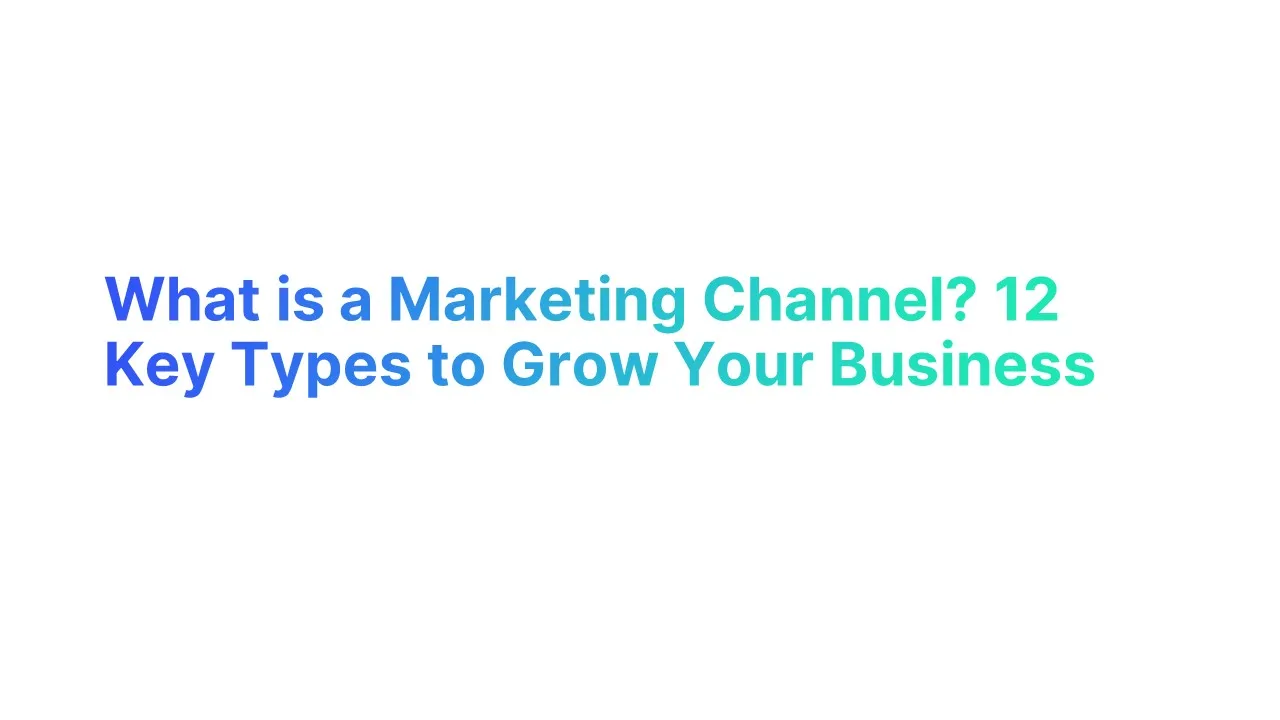Personalizing email can make a significant difference in how your email marketing campaigns perform. By tapping into customer data, like their past purchases or browsing history, you can create emails that are more relevant and timely.
Research shows that personalized emails can increase click-through rates by 14% and conversions by 10% (source: Campaign Monitor). Small touches, like using a recipient’s first name or offering tailored content based on their interests, help make your messages stand out.
With the right email marketing platform, you can apply techniques like dynamic content and triggered emails to send personalized messages automatically. In this article, we’ll look at 8 proven strategies for personalizing email to improve the effectiveness of your campaigns.
What Is Personalizing Email?
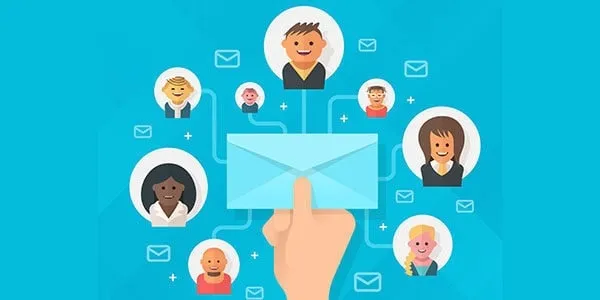
Personalizing email means tailoring your messages to individual customers based on their preferences and behavior. By using customer data, such as past purchases or browsing history, you can send personalized content that resonates with specific subscribers.
For example, adding a subscriber's first name or offering personalized offers based on their location can make the email feel more relevant. Email personalization techniques, like dynamic content and behavioral emails, allow you to automatically send the right message at the right time.
When done well, personalized email campaigns can enhance customer experience and build a stronger relationship with each person. It’s about making your emails feel less generic and more like a personal connection.
How Can Personalizing Email Improve Engagement?

1. Deliver Relevant Content
Personalizing email helps deliver content that’s relevant to the recipient. By using customer data such as past purchases or browsing history, you can tailor your messages to address each individual's interests, making the email feel more relevant and valuable.
2. Build Stronger Connections
Using a real person's name and making the email feel like it’s coming from someone familiar builds stronger connections.
Adding a personal touch to your emails helps create a more authentic interaction, making the customer feel valued and engaged.
3. Improves Open Rates with Custom Subjects
A personalized subject line can grab attention and improve open rates. Incorporating the first name of the subscriber or referencing a recent interaction can make the email stand out in a crowded inbox, encouraging the recipient to open it.
4. Drive Action with Personalized Offers
By offering personalized offers based on a customer’s past purchases or interests, you can drive action.
This approach makes the customer feel that the offer is specifically for them, which increases the likelihood of conversion.
5. Enhance Loyalty with Ongoing Personalization
Personalizing email on an ongoing basis helps enhance loyalty. By continually offering relevant content tailored to the customer journey, you keep your audience engaged and build a long-term relationship with them, ensuring they return for future purchases.
6. Recommend Products Based on Interests
Using dynamic content, you can recommend products based on a customer’s interests, browsing history, or even past purchases.
This approach makes the email feel more targeted and increases the chances of conversion, as customers are more likely to be interested in what’s recommended.
7. Improve Retention with Targeted Follow-Ups
Follow-up emails that are personalized based on subscriber data or triggered emails are effective at keeping customers engaged.
Whether it’s a reminder about an item left in the online shopping cart or an offer related to their previous purchases, targeted follow-ups help retain customers and encourage further engagement.
8. Create Exclusivity Through Personalization
Offering personalized offers or exclusive content to specific subscribers creates a sense of exclusivity.
When customers feel like they are receiving something special, it strengthens their relationship with the brand and encourages future engagement.
8 Key Strategies for Personalized Email Marketing
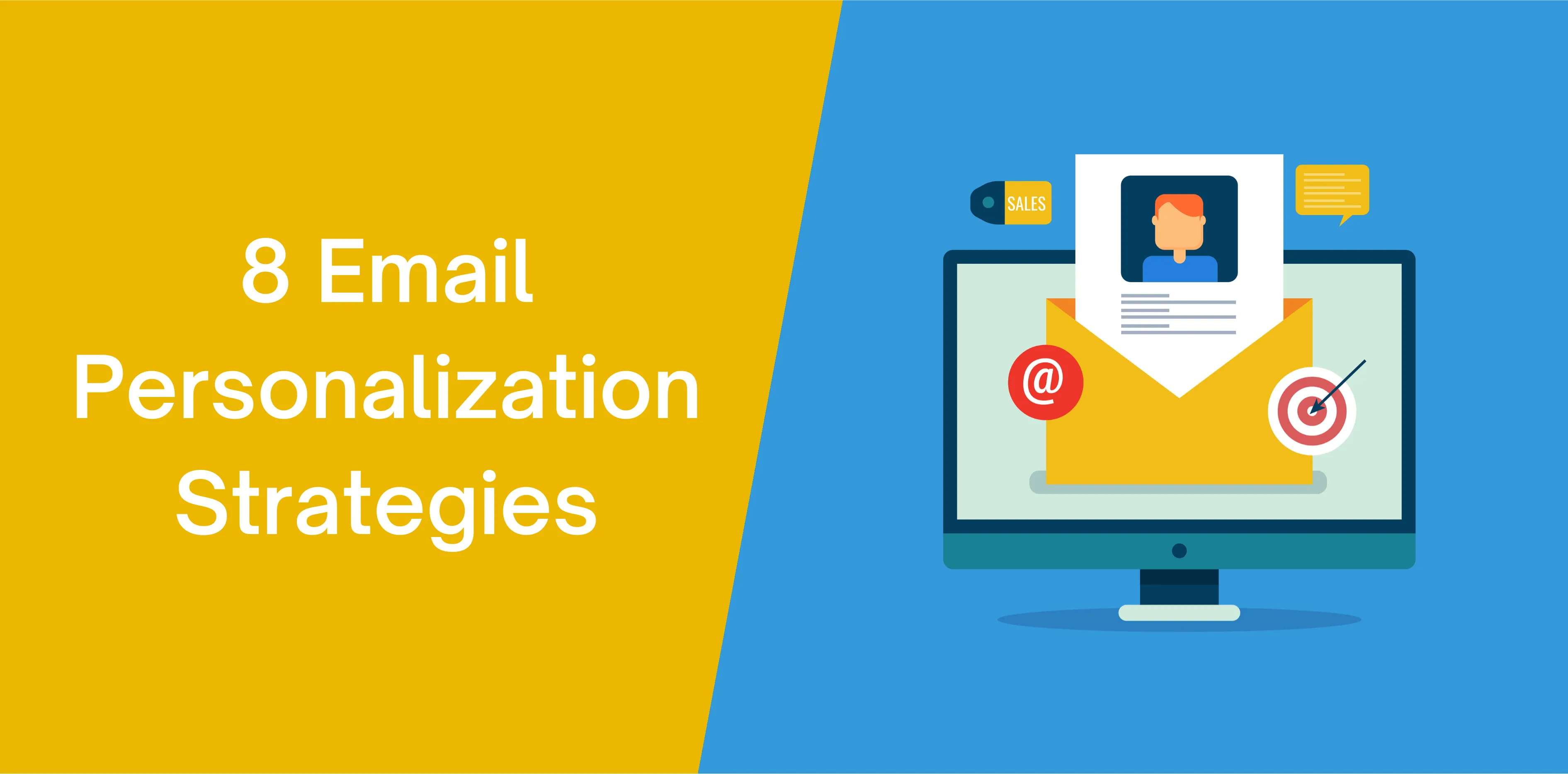
1. Target Messages Using Subscriber Data
Personalizing your email marketing starts with using subscriber data effectively. By tapping into customer information like past purchases, browsing history, and subscriber location, you can tailor your messages to fit their needs. This level of personalization ensures that each message feels relevant and can significantly improve customer engagement.
How to Implement:
- Collect subscriber data through your email marketing platform.
- Use dynamic content to display personalized offers based on the customer's past interactions.
- Track key data points like clicks and open rates to understand customer behavior and refine your targeting.
2. Segment Your Audience for Precision
Segmentation allows you to divide your target audience into smaller, more specific groups. By creating detailed segments, you can send messages that are more relevant to each group’s interests and preferences. This improves the chances of engagement and helps you avoid sending irrelevant content, which can lead to unsubscribes.
How to Implement:
- Segment your audience based on key factors like purchase history, customer behavior, or location.
- Use email marketing personalization to send tailored messages to each group.
- Ensure your segmentation aligns with your email marketing strategy for better results.
3. Create Dynamic Content for Relevance
Dynamic content helps keep your emails relevant by adjusting based on the recipient's behavior or profile. For example, if a customer has viewed certain products but hasn’t purchased them, you can display those products in their next email. This approach makes each email feel tailored to the recipient’s current interests, boosting engagement.
How to Implement:
- Use an email marketing tool that supports dynamic content, allowing you to personalize product recommendations and offers.
- Create different content blocks that change based on customer preferences and actions.
- Regularly update the dynamic content based on browsing history and recent interactions.
4. Optimize Subject Lines for Higher Open Rates
The subject line is the first thing recipients see, and a personalized subject line can make a huge difference in whether the email gets opened. Including a real person's name, offering a personalized offer, or referencing the recipient’s past behavior are all great ways to grab attention and improve open rates.
How to Implement:
- Include the recipient’s first name or personalized subject line for a more personal touch.
- Use personalized messages that reflect the recipient's preferences or interests.
- Experiment with various subject lines to determine what appeals most to your audience, and analyze click-through rates for valuable insights.
5. Utilize Behavioral Triggers for Timely Emails
Behavioral emails are based on a customer's actions, such as abandoning a shopping cart or browsing certain categories. These emails are more likely to engage the recipient because they are timely and relevant to their current needs. Triggered emails are one of the best ways to ensure your messages hit the right customer at the right time.
How to Implement:
- Set up triggers for actions like abandoned carts, product views, or even inactive subscribers.
- Use an email marketing solution that can automatically send emails when a specific behavior is detected.
- Personalize the message based on the recipient’s actions to increase the chances of conversion.
6. Automate Campaigns for Better Efficiency
Email marketing automation allows you to deliver personalized content without the need for manual intervention. Automated emails can be triggered based on customer behavior, such as sending a personalized offer after a purchase or re-engaging inactive subscribers. This not only saves time but also ensures your emails are timely and relevant.
How to Implement:
- Use an email marketing platform with automation capabilities to send personalized messages at scale.
- Set up workflows to automatically send emails based on certain customer actions, such as past purchases or subscriber location.
- Create a consistent flow of emails that nurture leads, re-engage inactive subscribers, and promote new offers.
7. Offer Personalized Product Recommendations
Personalized product recommendations help customers discover items they might be interested in based on their previous interactions. This is especially useful for e-commerce businesses, as recommending products based on a customer’s past purchases or browsing history can lead to increased sales and customer loyalty.
How to Implement:
- Use customer data to generate product recommendations based on their browsing and purchasing behavior.
- Incorporate personalized offers into your emails to encourage product discovery.
- Ensure that the recommendations are tailored to the individual customer, reflecting their preferences and buying habits.
8. Regularly Test and Improve Campaigns
To ensure your personalized email campaigns are working, you need to continuously test and refine your approach. A/B testing subject lines, email content, and offers can provide valuable insights into what resonates with your audience. By making small adjustments based on data, you can consistently improve your marketing efforts and customer experience.
How to Implement:
- Regularly test different aspects of your email campaigns, such as personalized subject lines, email content, and call-to-action buttons.
- Use insights from click-through rates and customer engagement to understand what works and what doesn’t.
- Optimize future campaigns based on your findings to continually improve engagement and conversion rates.
By following these 8 email personalization strategies and utilizing the right email marketing tool or email marketing platform, you can significantly enhance the relevance of your messages and improve engagement.
The key is to continuously use personalization strategies and leverage customer data to keep your emails aligned with your audience’s needs and behaviors. Regular testing and refinement ensure that your campaigns remain effective and engaging, driving long-term success.
How to Create Effective Email Marketing Campaigns?
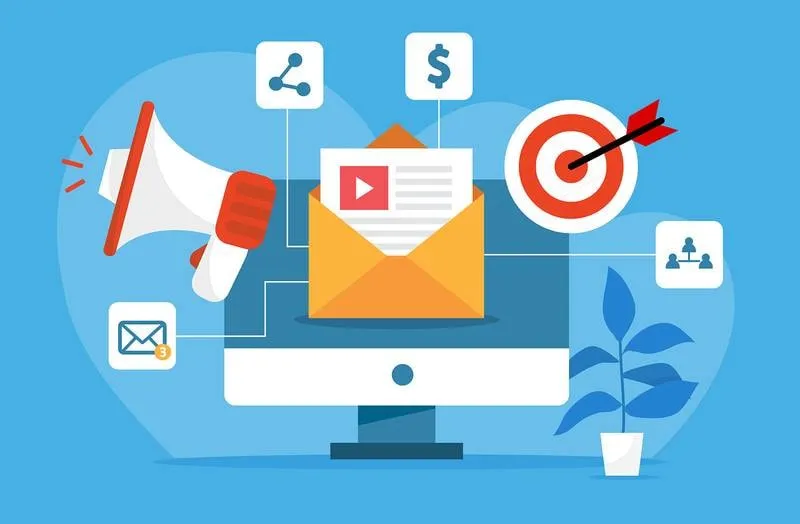
Creating effective email marketing campaigns requires a strategic approach that is personalized and well-executed. By following a few key steps, you can engage your audience, improve your email marketing efforts, and achieve better results. Here’s how you can create campaigns that stand out:
1. Define Clear Campaign Goals:
- Set measurable goals for your campaign (e.g., increase engagement, drive sales).
- Align your email content and design with your goals.
- Track success and adjust as needed to meet objectives.
2. Segment Your Audience for Precision:
- Divide your audience based on subscriber's location, past purchases, and recipient's preferences.
- Deliver personalized messages that resonate with each segment.
- Improve customer experience by targeting the right people with the right offers.
3. Craft Compelling and Relevant Content:
- Create engaging content that speaks to your audience’s needs and interests.
- Use personalized offers and relevant information based on customer behavior.
- Align content with the customer journey to ensure it resonates with each recipient.
4. Design Eye-Catching Email Templates:
- Use visually appealing templates that stand out in the inbox.
- Ensure emails are easy to read and navigate with clear CTAs.
- Optimize designs for both desktop and mobile devices to maximize reach.
5. Use Personalization to Drive Engagement:
- Personalize emails by including the first name and other relevant data.
- Offer personalized content based on past behavior and preferences.
- Make the email feel more like a personal connection and less like a generic email.
6. Optimize for Mobile Devices:
- Ensure emails are responsive and look good on mobile screens.
- Keep layouts clean, concise, and easy to navigate.
- Use larger fonts and easily clickable buttons for mobile-friendly engagement.
7. Choose the Right Timing for Maximum Impact:
- Test different sending times to determine when your audience is most responsive.
- Use past campaign data (click-through rates and subscriber data) to refine timing.
- Send emails when your audience is most likely to engage, increasing success rates.
8. Analyze and Refine Your Campaign Performance:
- Track key metrics like open rates, click-through rates, and conversions.
- Use insights from your email marketing platform to refine future campaigns.
- Continuously optimize based on performance to improve results over time.
By following these steps, you can create effective email campaigns that are tailored to your audience’s needs, improve engagement, and deliver better results. Use the right email marketing tools and always analyze your performance to continually refine your strategy.
Why Is Choosing the Right Email Marketing Platform Crucial?

Choosing the right email marketing platform is essential for the success of your campaigns. A good platform streamlines your processes, helping your marketing team work more efficiently. It enables you to automate tasks, segment audiences, and track performance, making it easier to run effective campaigns.
With the right platform, you can implement advanced personalization tactics like personalized images and using personalization tags to address customers by name or offer tailored product recommendations. These small but impactful features can improve customer's relationship with your brand, making each email feel unique and relevant.
In digital marketing, having the ability to personalize content is a game-changer. A well-chosen platform provides valuable insights into customer data, allowing you to send the right messages at the right time, increasing engagement and conversion rates.
Lastly, affordability matters. An email marketing platform should offer affordable pricing that matches your business's needs, without compromising on features. Choose a platform that fits your budget while still providing the tools you need to grow your business and maintain lasting customer relationships.
Common Mistakes to Avoid in Email Personalization
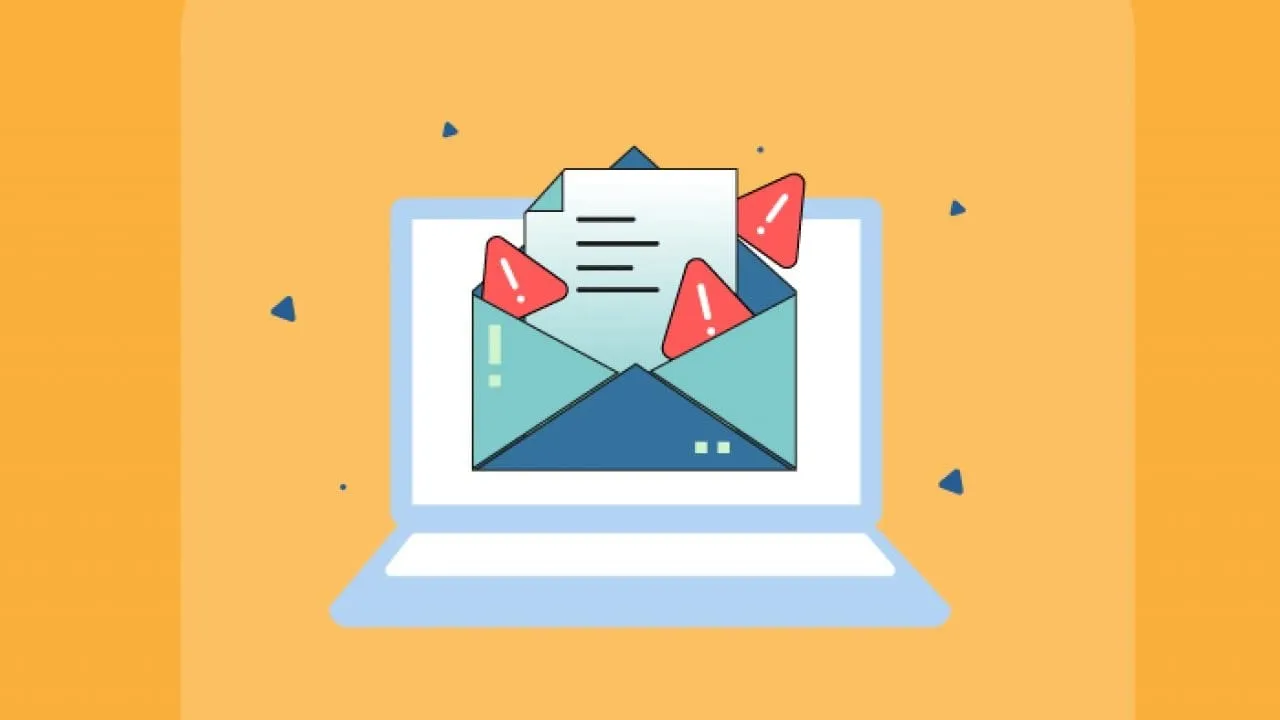
Email personalization is powerful, but when done incorrectly, it can backfire. Here are some common mistakes businesses make and how to avoid them:
1. Over-Personalizing Your Content
Personalization is meant to make emails feel more relevant, but overdoing it can feel invasive. Using too much personal information or addressing customers too intimately can make them uncomfortable. For example, mentioning too many personal details may come across as trying too hard to create a personal level of engagement.
How to Avoid It:
- Personalize only where it feels natural, like using the customer’s first name or referring to their past purchases.
- Ensure the message remains about the customer’s needs, not just their data.
- Balance personalization with relevant email content to keep the focus on customer value.
2. Neglecting Mobile Optimization
With many people checking emails on their phones, ignoring mobile optimization can hurt engagement. If your emails aren’t properly formatted for mobile, they may appear messy, leading to low click-through rates and customer disengagement.
How to Avoid It:
- Use an email platform that offers responsive designs to automatically adjust for mobile screens.
- Keep emails short and easy to read, with large clickable buttons for mobile users.
- Test emails on various devices before sending to ensure they look good on both desktop and mobile.
3. Ignoring Data Privacy
Customers are increasingly concerned about how their data is used. Failing to protect customer data or not being transparent about data usage can damage your brand image and lead to unsubscribes or even legal consequences.
How to Avoid It:
- Be clear about how you collect, store, and use customer data in your privacy policy.
- se data points responsibly and never share customer information without consent.
- Ensure your email marketing tool complies with data protection laws, like GDPR, to build trust.
4. Using Generic Subject Lines
Generic or irrelevant subject lines can cause your emails to be ignored or marked as spam. Personalized subject lines that resonate with the recipient’s interests can greatly improve open rates.
How to Avoid It:
- Use personalized subject lines that mention the customer’s name or offer relevant products based on their browsing history.
- Avoid using sales pitches in subject lines—be clear about the value inside the email.
- Test different subject lines and track click-through rates to see what works best.
5. Failing to Segment Properly
Not properly segmenting your audience means sending the same message to everyone, regardless of their interests or behavior. This can lead to lower engagement and frustrate customers who receive irrelevant emails.
How to Avoid It:
- Segment your audience based on behavior, location, and interests.
- Use your marketing team to create targeted campaigns for specific customer groups.
- Analyze customer journey data to deliver the most relevant content at the right time.
6. Not Testing Emails Before Sending
Sending emails without testing can lead to mistakes like broken links, poor formatting, or typos. Not testing also means missing opportunities to optimize for better results, like higher engagement or conversion rates.
How to Avoid It:
- Test emails across different devices, email clients, and browsers to ensure they display correctly.
- Use A/B testing for subject lines, content, and CTAs to see which versions drive better results.
- Review email content for clarity, spelling, and grammar to avoid damaging your brand image.
By avoiding these common mistakes and ensuring you personalize content carefully, your email campaigns will become more effective. Always prioritize re-engagement campaigns that bring back inactive subscribers and continually refine your approach to improve customer engagement. Lifetime value can be enhanced when personalization is done right, building a strong relationship with your audience.
How Alore's Email Marketing Platform Enhances Personalization
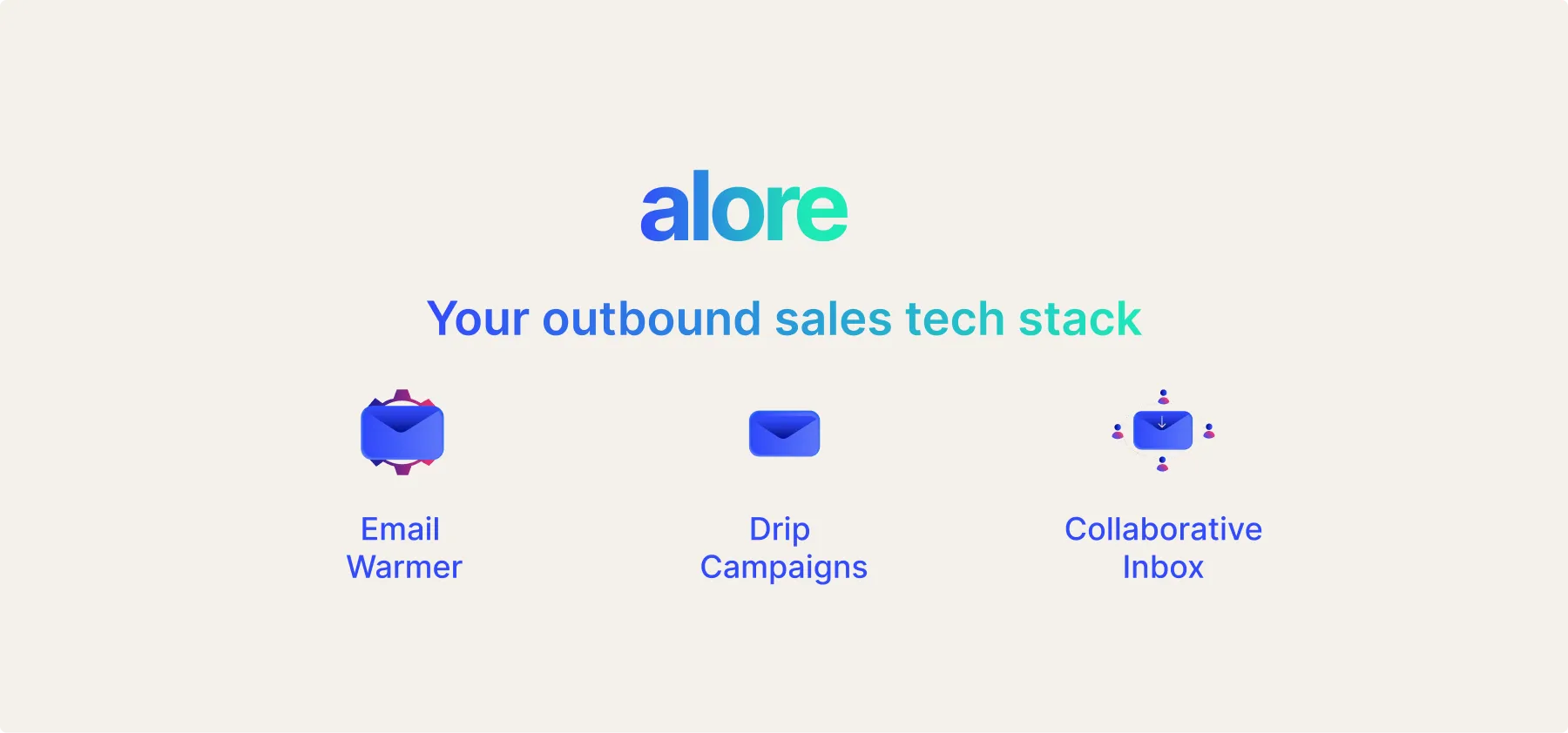
Alore's email marketing platform offers a comprehensive suite of tools designed to elevate your email personalization efforts. Here's an overview of its key features, usage, and pricing:
Key Features
- Email Warmer: Enhances email deliverability by warming up your email address, ensuring your messages land in the inbox.
- Drip Campaigner: Automates your outreach by sending personalized email sequences to engage prospects effectively.
- Collaborative Inbox: Improves team performance and customer experience by managing multiple email addresses from a single platform.
How to Use
- Set Up Your Account: Sign up and configure your email accounts within Alore.
- Warm Up Your Email: Utilize the Email Warmer to enhance deliverability.
- Create Drip Campaigns: Design personalized email sequences using the Drip Campaigner to nurture leads.
- Manage Communications: Use the Collaborative Inbox to oversee all email interactions, ensuring timely and personalized responses.
Pricing
Alore offers flexible pricing plans to accommodate various business needs:
- Starter: $15 per month, includes free email verification, unlimited connected email accounts, warming up to 5 domains, 1,000 uploaded accounts, and a monthly email volume of 5,000.
- Professional: $40 per month, offers enhanced features with higher limits, including warming up to 20 domains and a monthly email volume of 100,000.
- Expert: $120 per month, provides advanced capabilities with unlimited domain warming and a monthly email volume of 500,000.
By leveraging Alore's robust features and flexible pricing, businesses can effectively enhance their email personalization strategies, leading to improved engagement and conversion rates.
Conclusion
Personalizing emails is the key to connecting with your audience and running impactful campaigns. By using the right strategies and tools, you can create tailored emails that feel personal and relevant.
Start small, experiment, and refine your approach to see better engagement, stronger relationships, and lasting results in your campaigns.

.webp)





